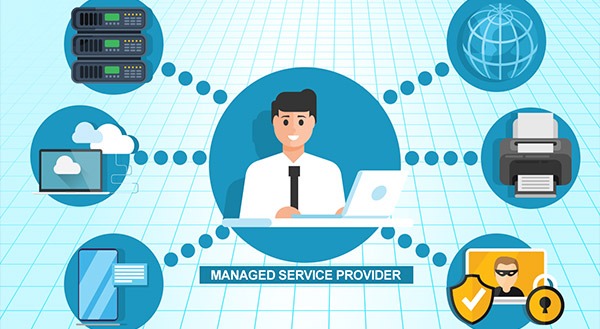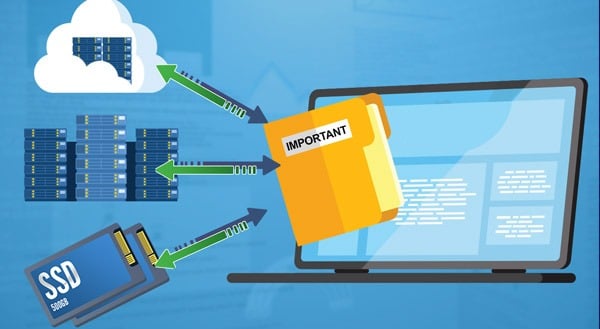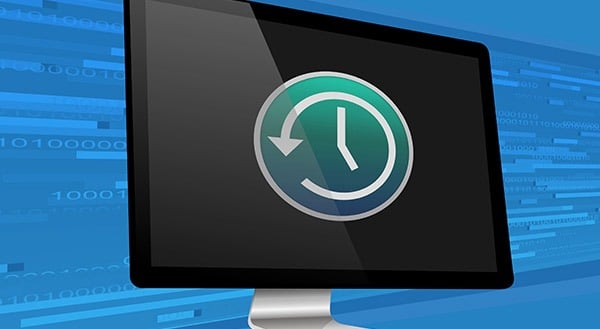6 Reasons to Replace Your ISP (Bell, Rogers, Cogeco) Email
 When you sign up for an internet service, the provider will hook you up with an email address, too. Your internet service provider (ISP) wants to keep you connected to them. But this convenient email address isn’t always the best long-term solution for you.
When you sign up for an internet service, the provider will hook you up with an email address, too. Your internet service provider (ISP) wants to keep you connected to them. But this convenient email address isn’t always the best long-term solution for you.
That “yourname@ispprovider.com” email address may work fine. You use it to keep in touch with your family and friends, you get bills to that address, and you’ve used it to login to your social media and online news and shopping sites.
But relying on your ISP for your email address may not be the best strategy for you. Here are some drawbacks to consider.
#1 If you rely on your @isprovider.com address, you could end up locked in with poor service or high prices. You feel stuck because you can’t take your email address with you if you want to switch providers.
#2 Internet service providers are not in the email business, whereas email providers such as Gmail and Outlook are always working to improve. Your ISP may not have updated its email offerings for a decade.
#3 Most ISPs have very limited storage space for email, which can make your service less reliable and convenient.
#4 Also, ISPs don’t make the same effort to keep your email secure and your inbox spam free. A provider more focused on email services offers more sophisticated filtering. ISP emails usually have primitive spam filtering that is easy to bypass.
#5 With an ISP email, your email is often accessible only on the provider’s mail servers, and you need to be able to access those servers to get to your emails. A cloud-based email provider lets you access your inbox via a Web browser. So, it doesn’t matter where in the world you are; you can still get access.
#6 You might be supporting a local ISP with your business. If that smaller provider goes belly up, however, your email address is gone forever, too.
Making the switch to an email provider
You may feel compelled to remain loyal to your ISP because changing your email address is a headache. Yet migrating to a Web-based email provider on your terms will help.
You’ll have a smoother transition if your ISP allows you to download your current address book.
Fortunately, once you make the switch to a Web/cloud-based email provider, you can move ISPs without it making any difference to your email communications.
You could even pay a small fee to upgrade your email with a custom domain name. Maybe you’ve always wanted to have your email come from @yourlastname.com, because it looks cool. Or, if you have a home business, you could have your email come from @yourbusiness.com. This looks more professional, and you can move the address to any provider, as the domain remains the same.
Whether you’re using an ISP or Web/cloud-based email provider, it’s also a good idea to back up your emails. By downloading and backing up your email, you gain more control and peace of mind.
We can help you find the right email provider for your needs. We’ll help you migrate your email, and we can set up a backup too. Let us help you, call us now at (416) 645-2469 or (905) 667-0441 or email us!
Want to be notified when our next blog is posted, sign up here.








